Christian Dunn, Where the Wetlands Are


Christian Dunn, Where the Wetlands Are
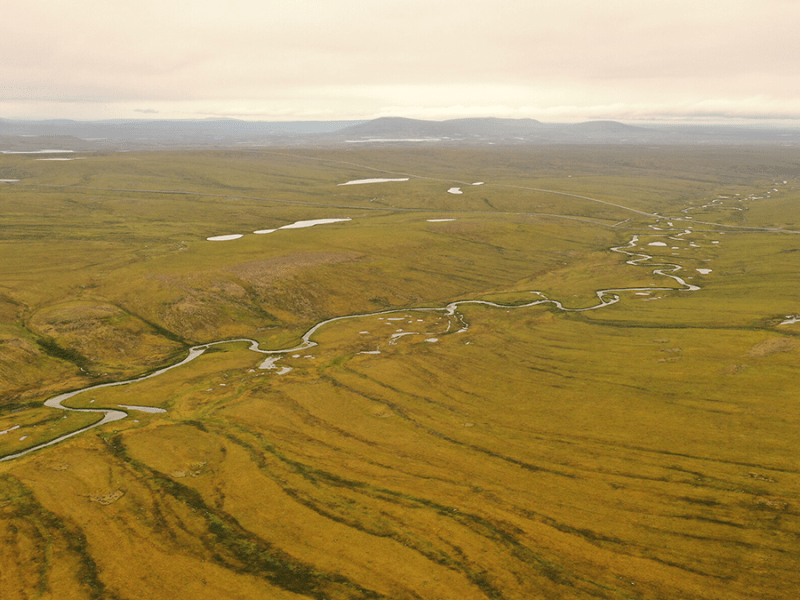
Tracing and tracking change in permafrost flowpaths could reveal the dynamics of warming poles.
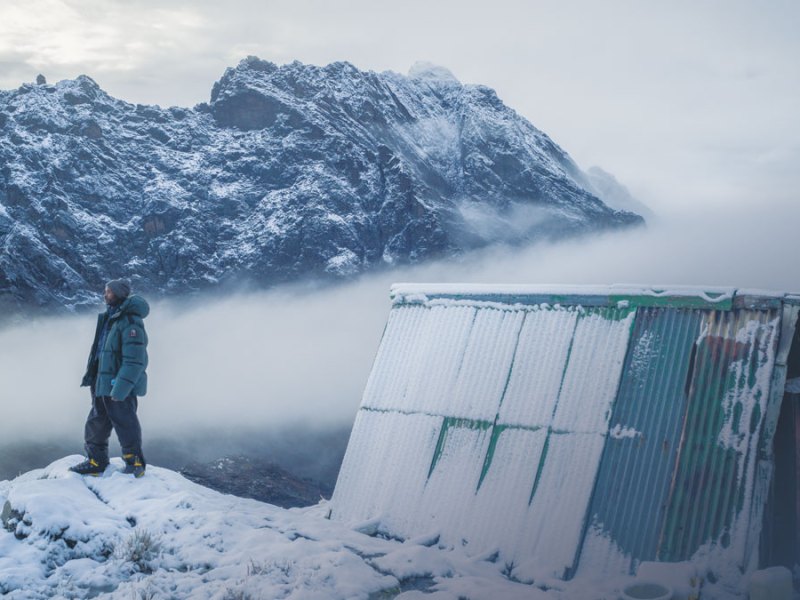
Our annual fieldwork issue takes you from volcanoes in the Canaries to databases in the cloud.
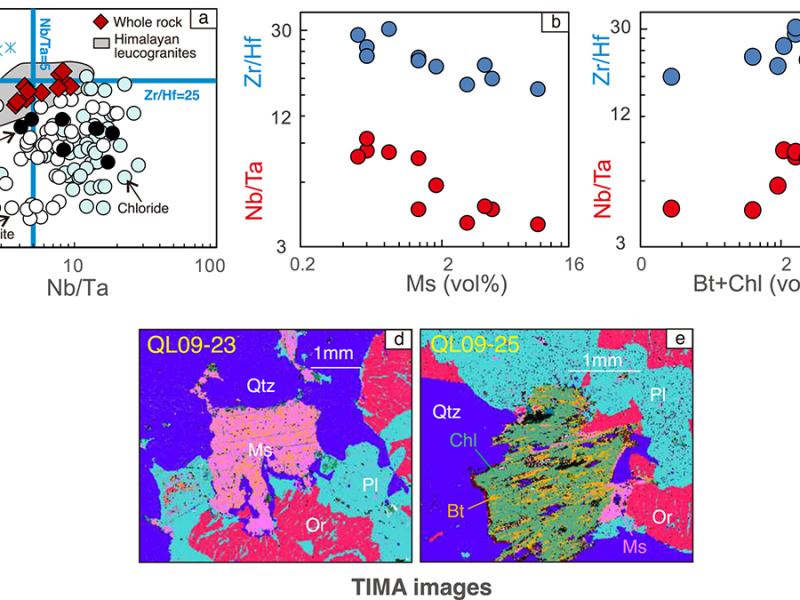
Using coupled isotopes, a new study shows that a class of economically important granites are derived by sediment melting without mantle input.

Monitoring and forecasting the movement of volcanic clouds is key to mitigating the impacts on communities, infrastructure, and air traffic.
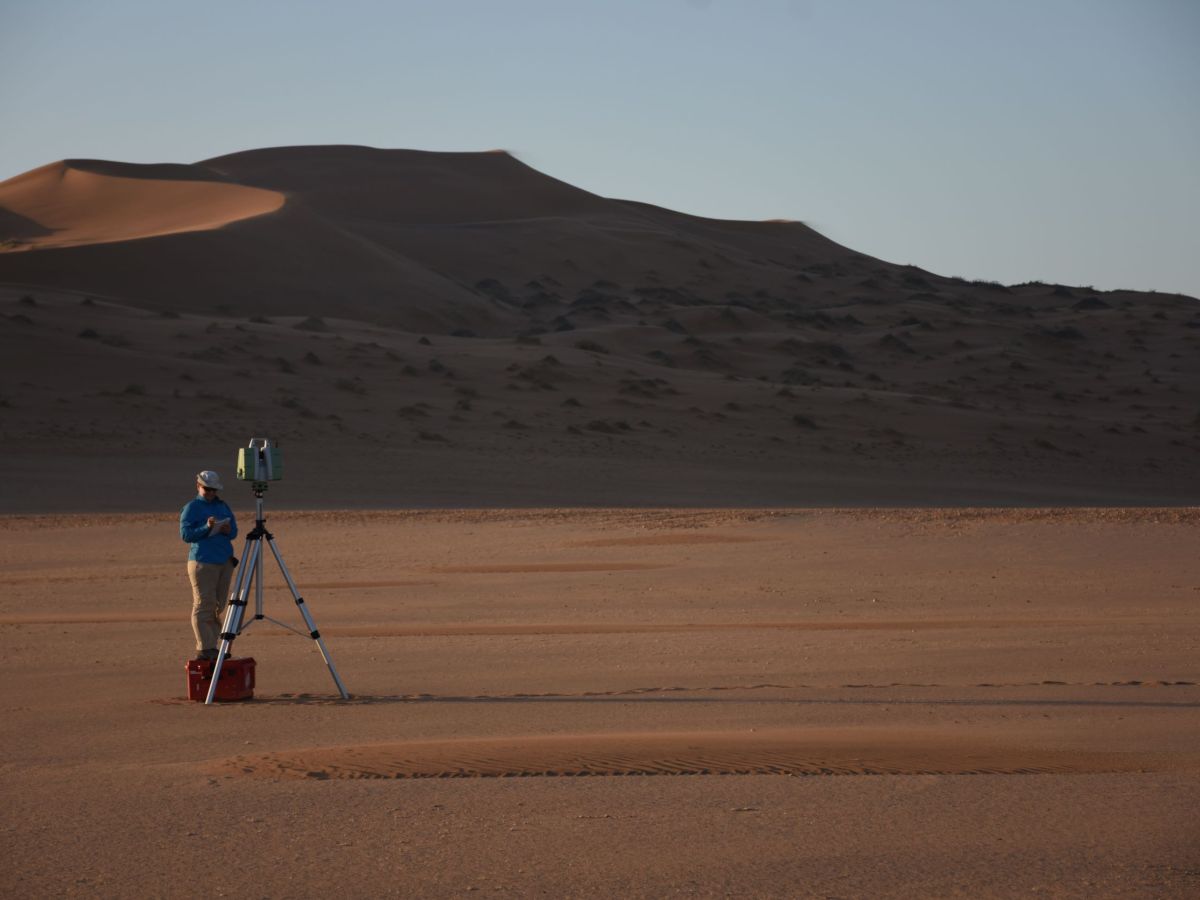
Decoding how sand grains move and accumulate on Earth can also help scientists understand dune formation on Mars.
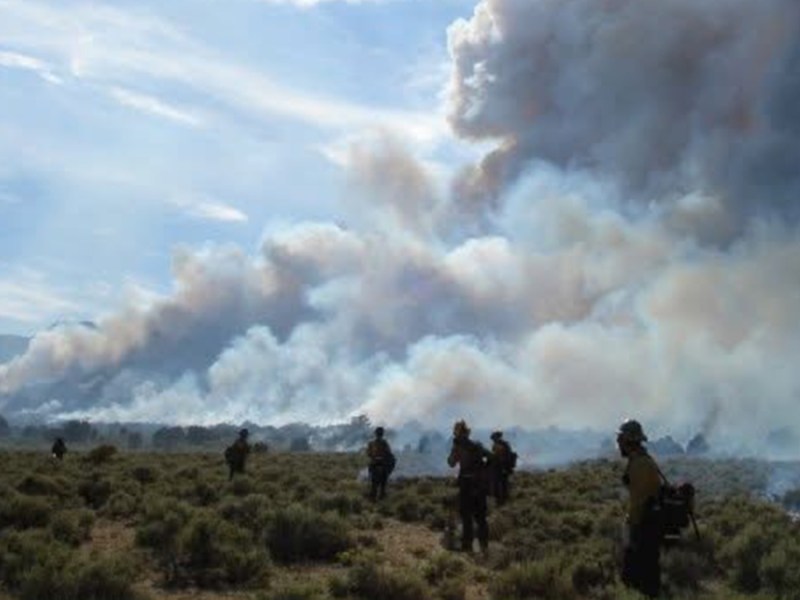
Twenty years of data from around the world show that areas that are not too dry and not too wet are most conducive to wildfire burning.
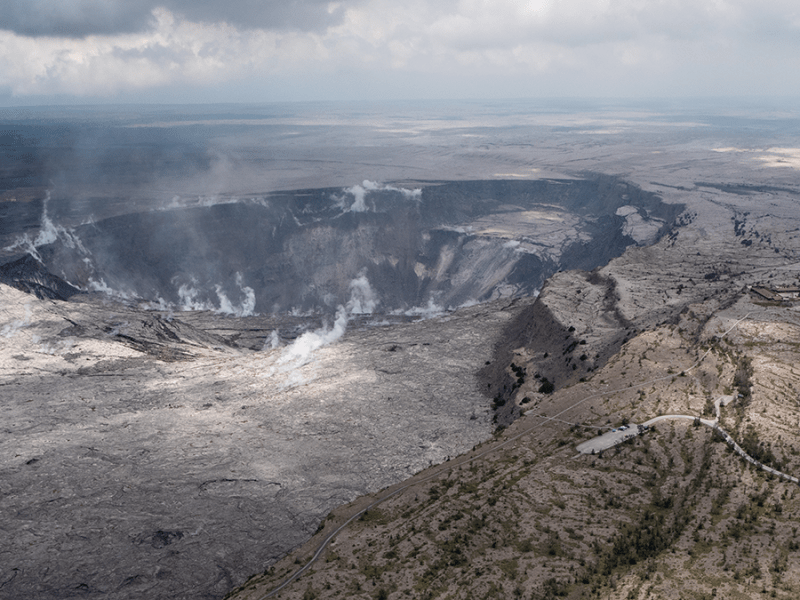
Increasing interplay among extreme events and land subsidence impacts calls for urgent mitigation and policy action to reduce detrimental ramifications to infrastructure and people.
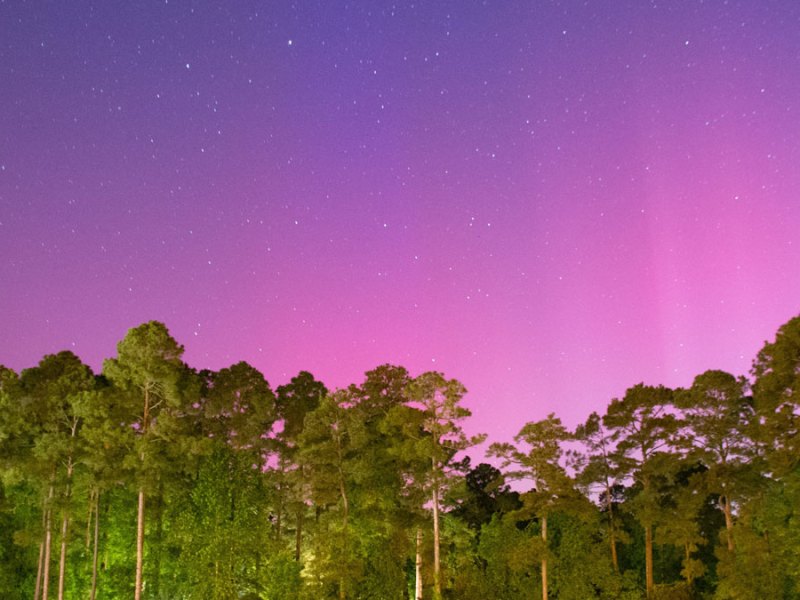
Hydrologists, atmospheric scientists, and space scientists are teaming up to keep a closer eye on soil moisture, hazardous space weather, and more.
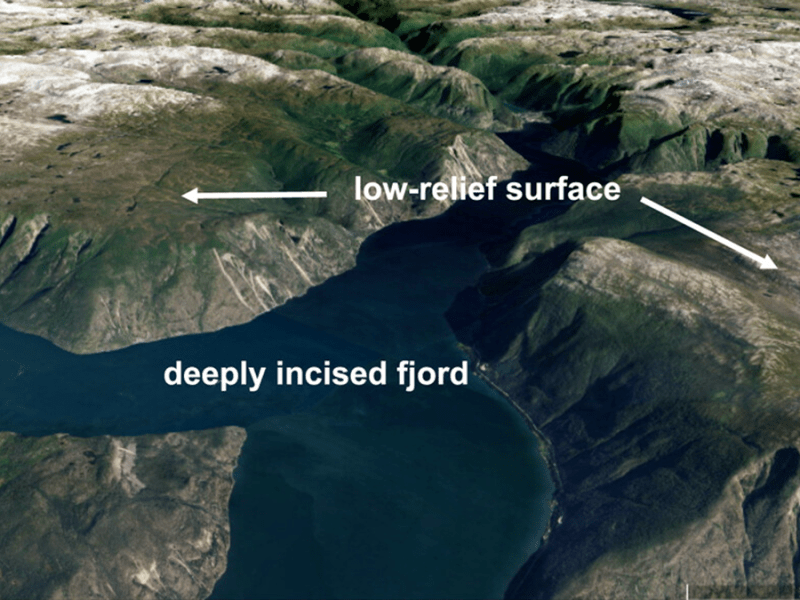
Contrary to conventional wisdom that glaciers just carve landscapes, they can also form low-relief surfaces by sheltering rock from erosion, enriching understanding of how mountain landscapes evolve.
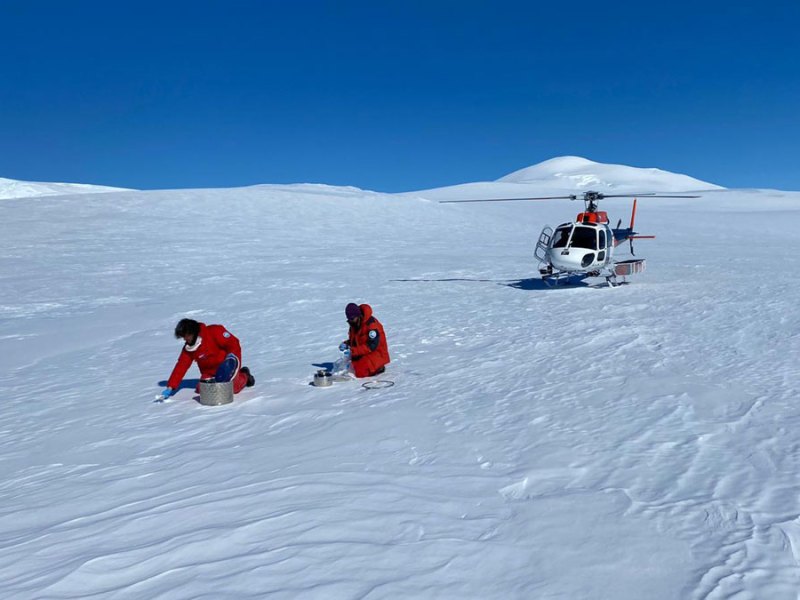
Researchers have found chemicals from personal care products like shampoo, deodorant, and laundry soap in Antarctic snow.
Something went wrong. Please refresh the page and/or try again.